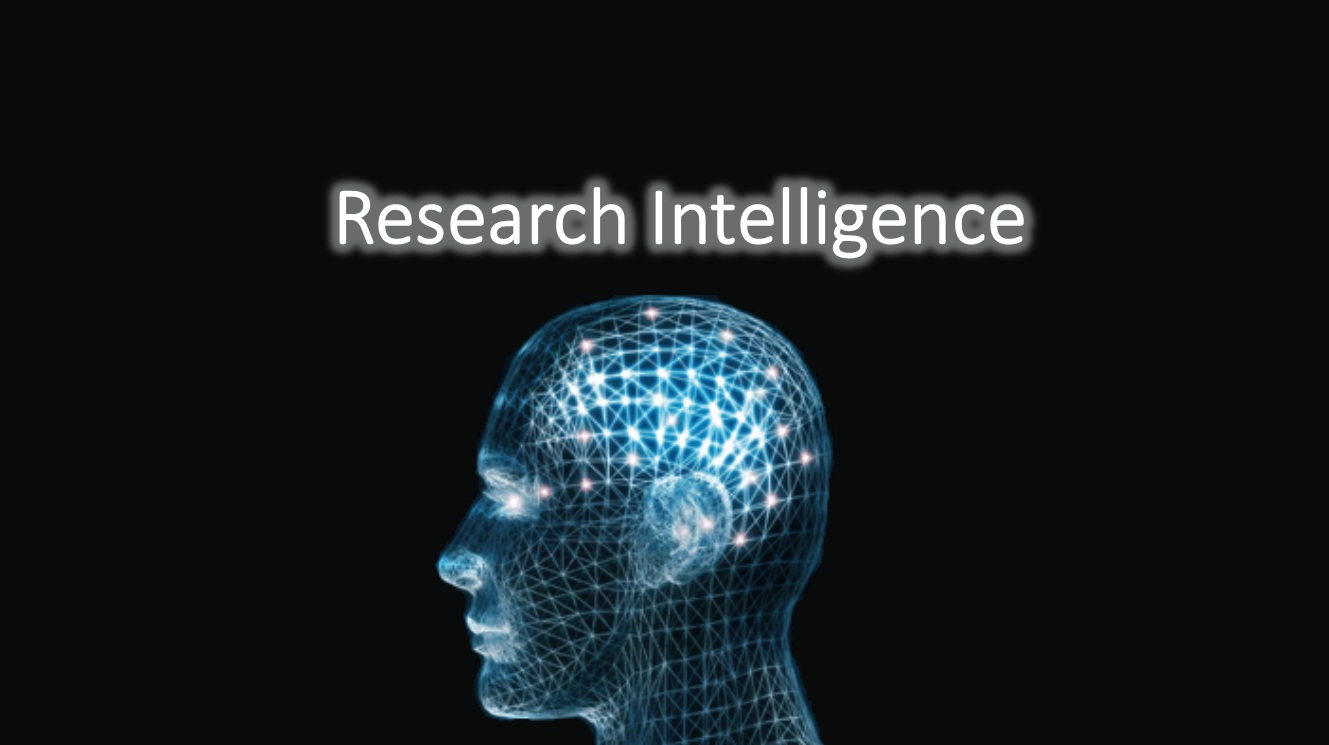This presentation reflects upon the report “Users, narcissism and control” from Paul Wouters & Rodrigo Costas (CWTS) [download Users narcissism and control]
In this presentation we make the bold statement that research policy and reward system is build upon a very small and thin layer of information. Yet the full spectrum contains much richer information. This presentation explains how this rich layer looks like and what information it contains in different layers of abstraction, and how it connects with policy and decision making in the end. This is the business case for the Dutch goverment to introduce performance indicators.
This presentation suggests that one can do more with these indicators, such as discovering trends, and making analytics. For example making correlations between the downloads and mentions about publications or scientific instruments increases the Shanhai-index by x% in two years time. This can make a shift policy for universities to invest more in open access and in marketing their projects better.
To support this abundance of information and making cross-domain analysis, one needs a cluster of computing power, storage, and has to arrange licences. This can be done with an array of partners in the Netherlands, creating a middelware infrastructure for Research Information (RI). Universities and research institutes who want to use this RI-middelware infrastructure (RIMI) can subscribe. The RIMI provides raw output and calculated output for services to draw from, services used by the subscribers. These services can be for example, a research information dashboard for individuals, for institutions, for funders and for ministries. It can be used in services that want to visualise semantic-web like relations of the academic information domain. It can be use for resolution mechanisms, research portals, catalogue search systems, etc. The main point is that all these services easily can be build, because the information openly available, in machine reabable formats based on internationally accepted standards so that developers can work with it right away. The information comes from trusted sources, and is as clean as possible, to reduce the noise amplification in the processes later on when the data is compared, combined, calculated and correlated.
2012 12-12 research analytics – idea from maurice.vanderfeesten
Disclaimer: This presentation is just an idea, and it contains organisations in fictional situations. It is a proposal, and does not reflect the current situation.

Leave a Reply